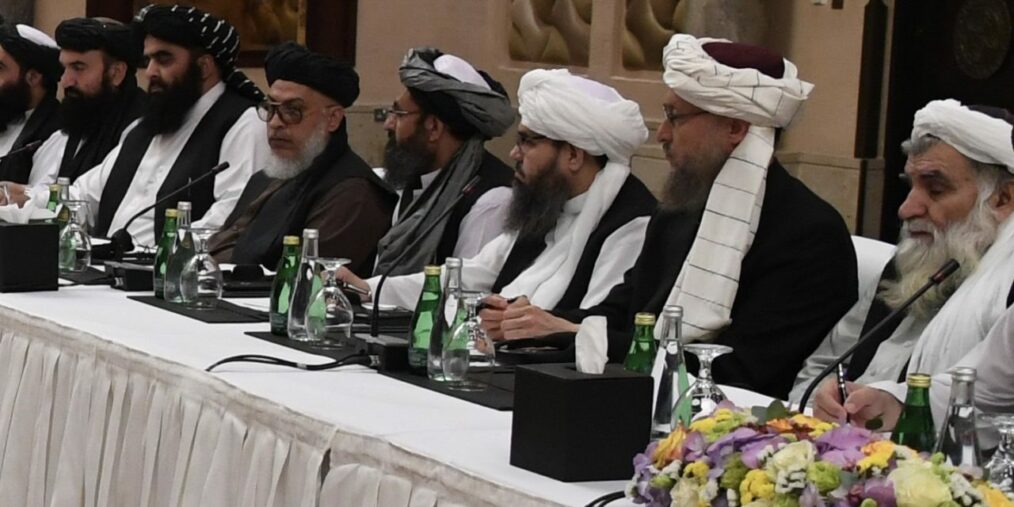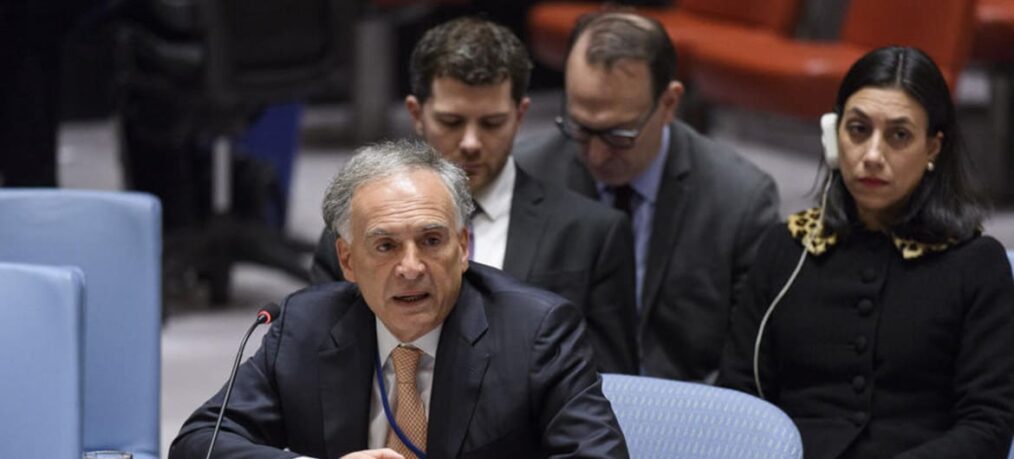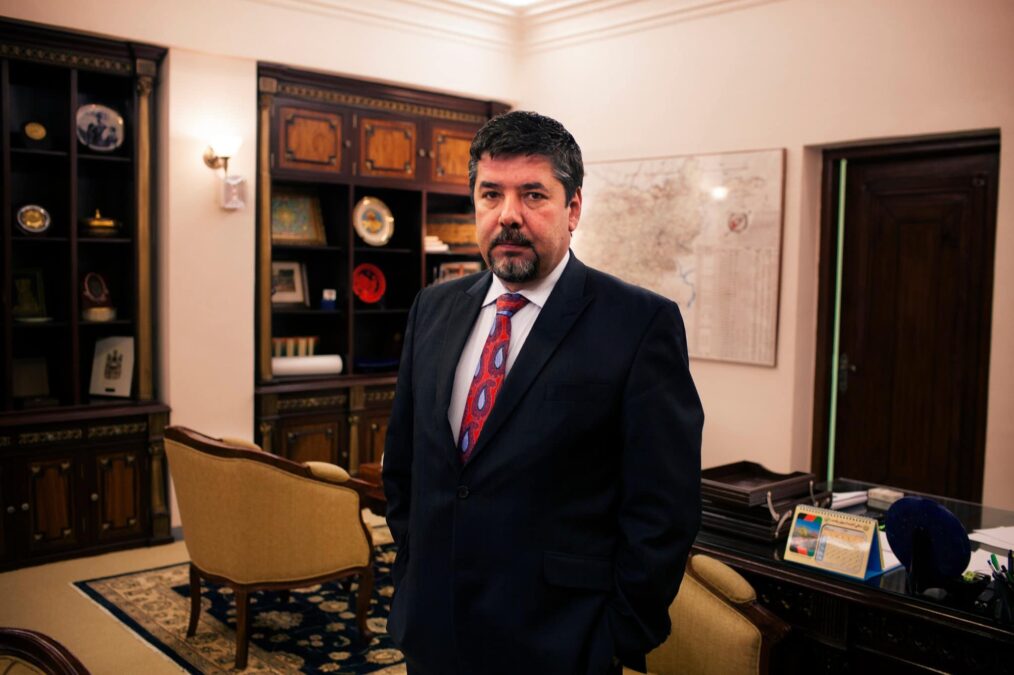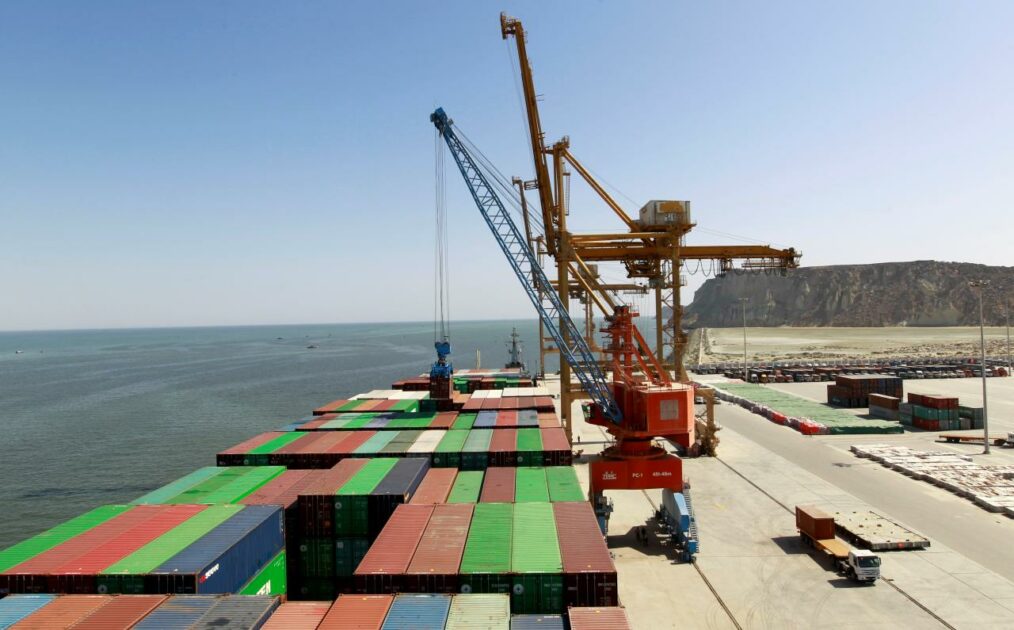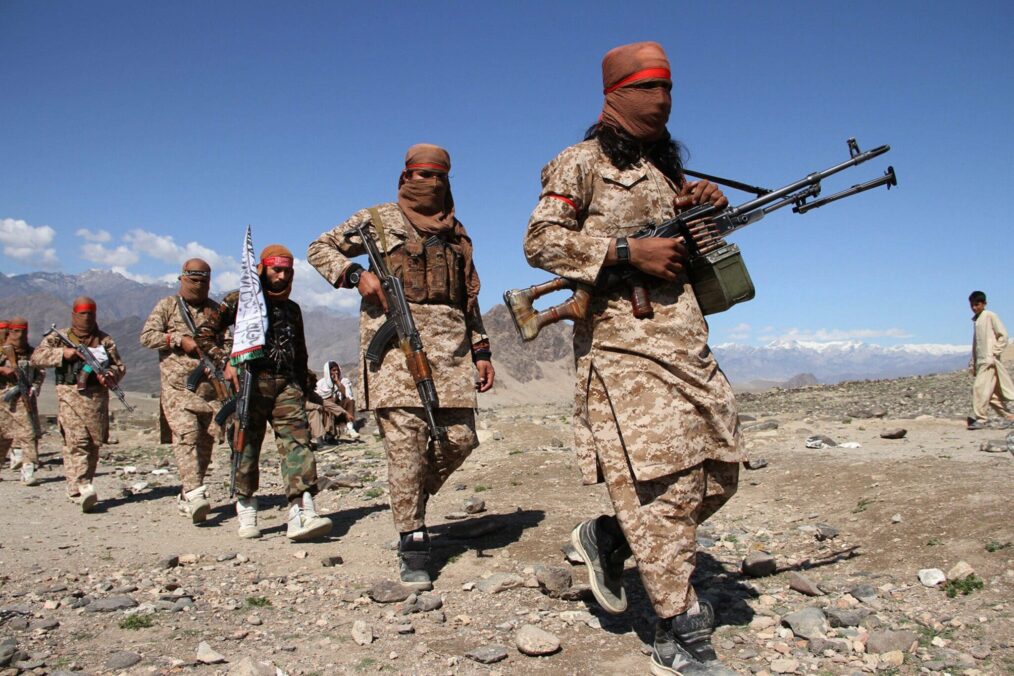The Persian Gulf states have played an important role in Afghanistan’s conflict. Their prominence in the area will likely continue to do so after American troops withdraw. During the Soviet occupation, Saudi Arabia matched American funding to the mujahideen for weapons and humanitarian development. One of the financiers was Osama Bin Laden. Saudi Arabia’s Wahhabi ideology and religious leaders also served to stir anti-Soviet sentiment and inspire Arabs to join the mujahideen.
Gulf Region Cooperation
In 1996, Saudi Arabia and the United Arab Emirates were the only Gulf states to recognise the Taliban government after its takeover of Kabul. After strained relations over the extradition of Bin Laden, they formally cut ties with its government after 9/11. Since the US invasion, Gulf states like Saudi Arabia and Qatar have facilitated negotiations with various Afghan parties. This includes the most recent negotiations in Doha, and have given millions of dollars for reconstruction.
The Gulf Cooperation Council (GCC) will have increased importance as the US prepares to leave the country, after two decades. Much of the investment and reconstruction efforts by the GCC are influenced by external actors like Pakistan and Iran. Pakistan is one of Saudi Arabia’s and the UAE’s closest partners, and they will pursue development projects that advance their objectives to strengthen their Sunni base in Afghanistan. Not only can Riyadh and Abu Dhabi advance their regional interests in the country, but they can also create goodwill with the United States by taking increased responsibility in counterterrorism and stability operations.
Relationships Within The Gulf
Unlike some Gulf states who relied on the US as their conduit into Afghanistan, Iran independently forged partnerships. It’s partnerships with various groups and leaders have strengthened its position in the country. With American troops leaving, Saudi and Emirati could find their relationship in increasingly precarious positions. Iran has interests protecting the Hazara Shia community, which comprises 15-20% of the Afghan population from persecution and Taliban violence. Many Hazara are recruited to the defend Bashar Al-Assad through the Fatemiyoun Brigade, an Afghan detachment founded by Qassim Soleimani to participate in Iran’s regional agenda. Iran’s economic foothold in Afghanistan as its largest trading partner as of 2018 will also create concerns with Saudi and Pakistani officials who will try to subvert its influence. US engagement with Iran on other issues like the nuclear issue may increase the urgency of Iran’s rivals to curb its influence in Afghanistan.
Summary & Recommendations
The Persian Gulf states invested millions of dollars in Afghanistan after 9/11. Their involvement in the country will likely increase to fill the void once held by US troops. They may support armed groups if civil war ensues or support their respective religious and political allies to retain influence during peace. The mediation and stability brought by the Gulf states in Afghanistan will continue. The result of its loss would be a breakout of conflict, which would destabilise the region. This result is not in any of the countries’ interests. These investments are a broader competition between regional rivals, who want to advance their religious, security and political goals.

